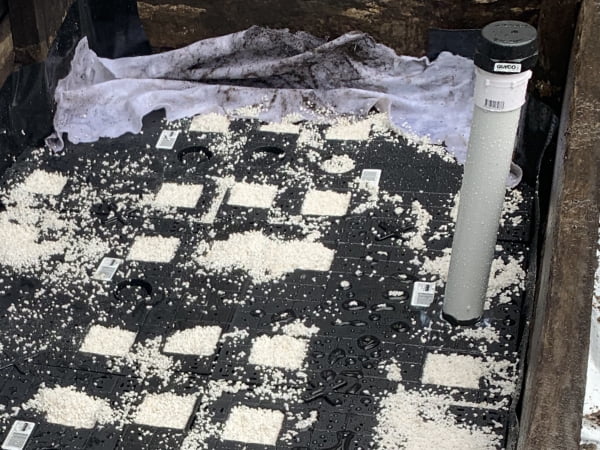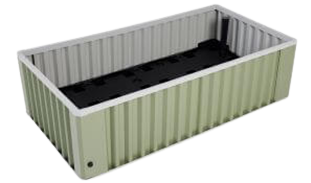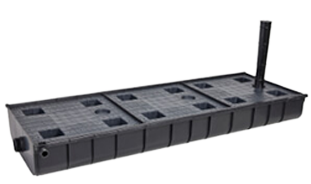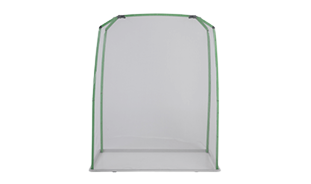

What is Perlite and why is it useful in wicking beds?
Posted on: 9 April 2019
Avid gardeners would more than likely be aware of Perlite, and probably have used it in their soil. They may also have used Perlite for starting cuttings or growing seeds. Hydroponic growers would also be aware of Perlite as a growing medium. Perlite is now also starting to be used in green roofs.
We are now using Perlite at WaterUps® to improve wicking efficiency. So, what is Perlite and why does it help improve the effectiveness of capillary action in a wicking bed?
Perlite is actually a form of volcanic glass that is mined and then heated to 870ºC, which causes it to expand to more than 10 times its original size and ‘pop’ into a semi round white material similar in appearance to styrofoam balls. This super heating process causes Perlite to develop tiny air compartments or cells, on the exterior of the grains, that absorb moisture.
This popping process gives Perlite incredibly light weight characteristics. It weighs 100kgs per cubic metre compared to soil weighing around 1,500kgs.
It is important to note that Perlite is safe to use in organic gardens. It has received approval from the National Organic Standards Board in the US and is classified – “Status: Allowed in certified organic agriculture; a mined mineral.”
Perlite does not compact and, therefore, can be used to modify the soil structure to improve aeration and drainage. These are both very important in wicking beds. In our first prototypes that were built in 2014 we used only soil/potting mix in our beds, including in the ‘wicks’ – these are the 4 feet of our WaterUps® wicking cells. We have deconstructed these periodically since then to check on the soil health and, in particular, to look for any signs of the soil becoming anaerobic. While we have found no evidence of the soil becoming wet and anaerobic, we have over the last year, started to test the effects of adding Perlite to the soil in the ‘wicks’. Given its aeration and water retention capabilities, we wanted to see whether using Perlite in the wicks would improve the efficiency of our WaterUps® wicking system.
Thinking back to soil structure, we know that soil is a medium comprised of solids, liquids and air spaces or voids. Soil porosity, or the ratio of void volume to total volume, in a normal garden bed would range from 40% to 60%. The ideal soil porosity in wicking beds would be at the higher end, ie around 60%. While it is often recommended that sand be added to soil in wicking beds, Perlite is an ideal medium for increasing porosity.
While we have not undertaken any specific scientifically controlled trials, we have noted that the initial capillary action, after the reservoir is first filled with water, seems to occur more quickly when Perlite is used in the wicks, compared to just using the soil mix.
Given that we know that aeration is improved in the interface between the water reservoir and the growing medium, we feel that using Perlite in the ‘wicks’ also provides further protection against the soil becoming anaerobic.
While your wicking bed will still function without using Perlite, based on the above understanding, we now recommend that ideally you fill each of the ‘wicks’ of the WaterUps® cells with Perlite when installing your wicking bed. You will need approximately .42 litre of Perlite per WaterUps® cell. Therefore, for a wicking bed measuring 800mm x 2400mm you will need approximately 20 litres of Perlite.





